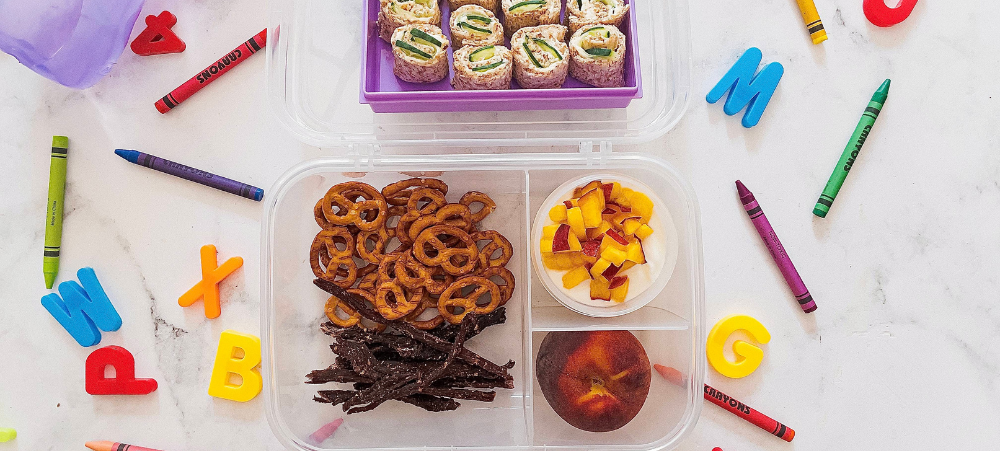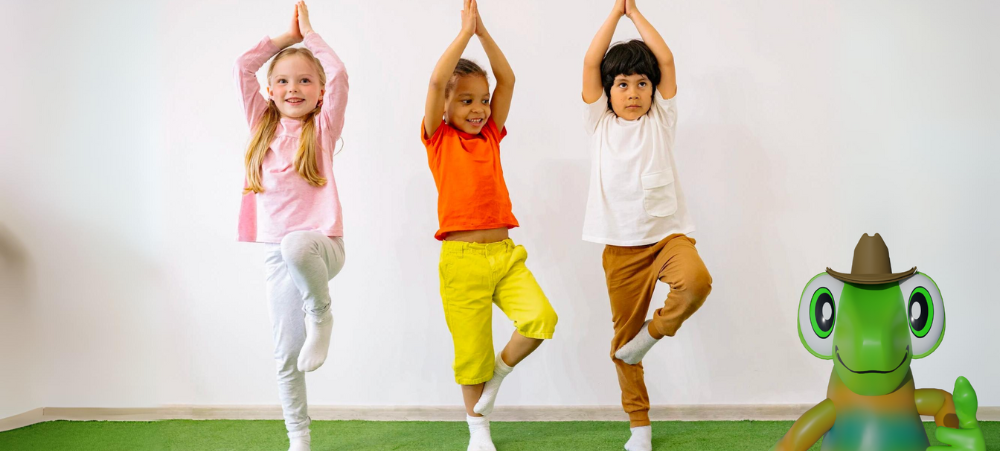
Fanciful Faces Inc.: A Magical Wonderland for Your Celebrations!
Step into the enchanting world of Fanciful Faces Inc., where joy takes center stage, and every celebration becomes a canvas of laughter and delight. Known for their extraordinary entertainment services, this company is not just a party planner; it’s an architect of unforgettable moments and a creator of magical memories. A Kaleidoscope of Services Imagine a world where face painting isn’t just an art form but a transformative experience. Fanciful Faces Inc. turns faces into living masterpieces, thanks to their skilled artists who are more like dream-weavers than painters. And when it comes to clowns, these jesters of joy are the heartbeat of any event, spreading infectious laughter and whimsy wherever they go. But the magic doesn’t stop there. Balloon sculpting turns ordinary balloons into intricate wonders, while jumping castles become portals to a gravity-defying kingdom of pure delight. It’s not just about services; it’s about crafting an experience that lingers long after the confetti settles. A Sprinkle of their Signature Spectaculars: Face Painting: Where smiles become masterpieces. Clowns: Masters of mirth and laughter engineers. Balloon Sculpting: Ordinary balloons transformed into extraordinary wonders. Jumping Castles: Bouncy kingdoms where gravity takes a backseat. Water Slides: Splashy aquatic adventures for sun-soaked celebrations. Magicians: Illusionists turning events into enchanting experiences. If you don’t find exactly what you’re looking for, feel free to reach out to Fanciful Faces Inc., and they’ll happily tailor the perfect entertainment for your event! A Symphony of Joy and Fun Picture the sound of children’s laughter harmonizing with the playful melodies of Fanciful Faces Inc.’s entertainers. Their events are not just about services; they’re an orchestrated symphony of joy. Each celebration becomes a crescendo of laughter, a dance of delight, and a parade of unforgettable moments. A Haven of Happiness for Every Child Beyond creating magical moments, Fanciful Faces Inc. is committed to fostering a haven of joy for every child. In their belief, childhood is a treasure trove of enchantment, and no child should miss out on the magic. With Fanciful Faces Inc., every celebration becomes a treasure hunt for joy. Looking to the Future As Fanciful Faces Inc. spreads joy today, the dream is to paint even larger canvases of happiness in the future. Envisioning more laughter, more celebrations, and more magical adventures on the horizon, Fanciful Faces Inc. goes beyond being a part of your celebration; it’s a dedicated partner in shaping a future where joy knows no bounds. With plans for community outreach and exciting collaborations on the horizon, fuelled by the unwavering desire to spread love and happiness far and wide. Closing Note – Choose the Canvas of Joy In the grand tapestry of life, Fanciful Faces Inc. is the brushstroke that adds vibrancy, the burst of confetti that creates magic. Choosing them isn’t just about getting a service; it’s embracing an experience where every smile, every giggle, and every moment becomes a stroke on the canvas of joy. Choose Fanciful Faces Inc. – where every event is a masterpiece of merriment!

































